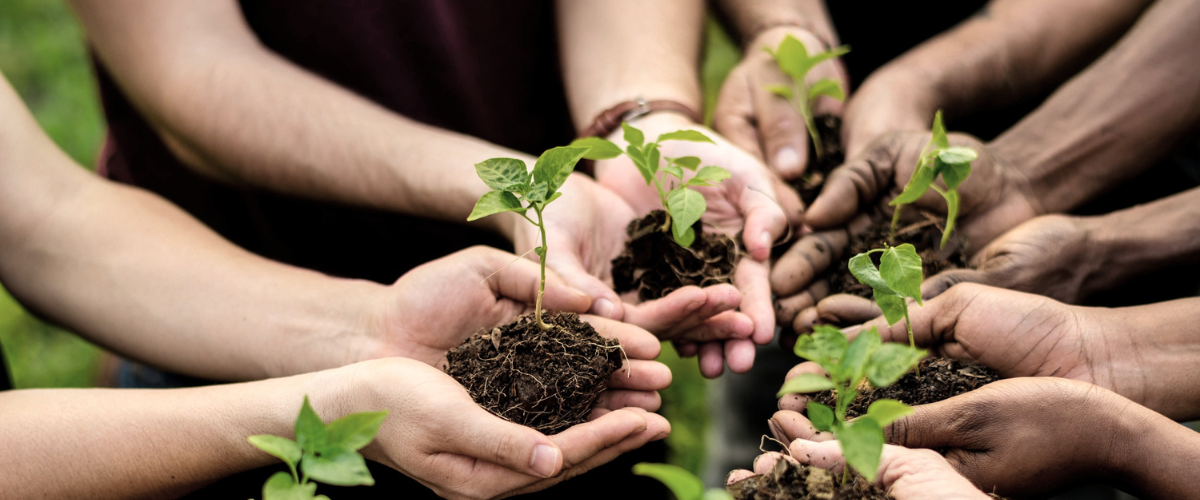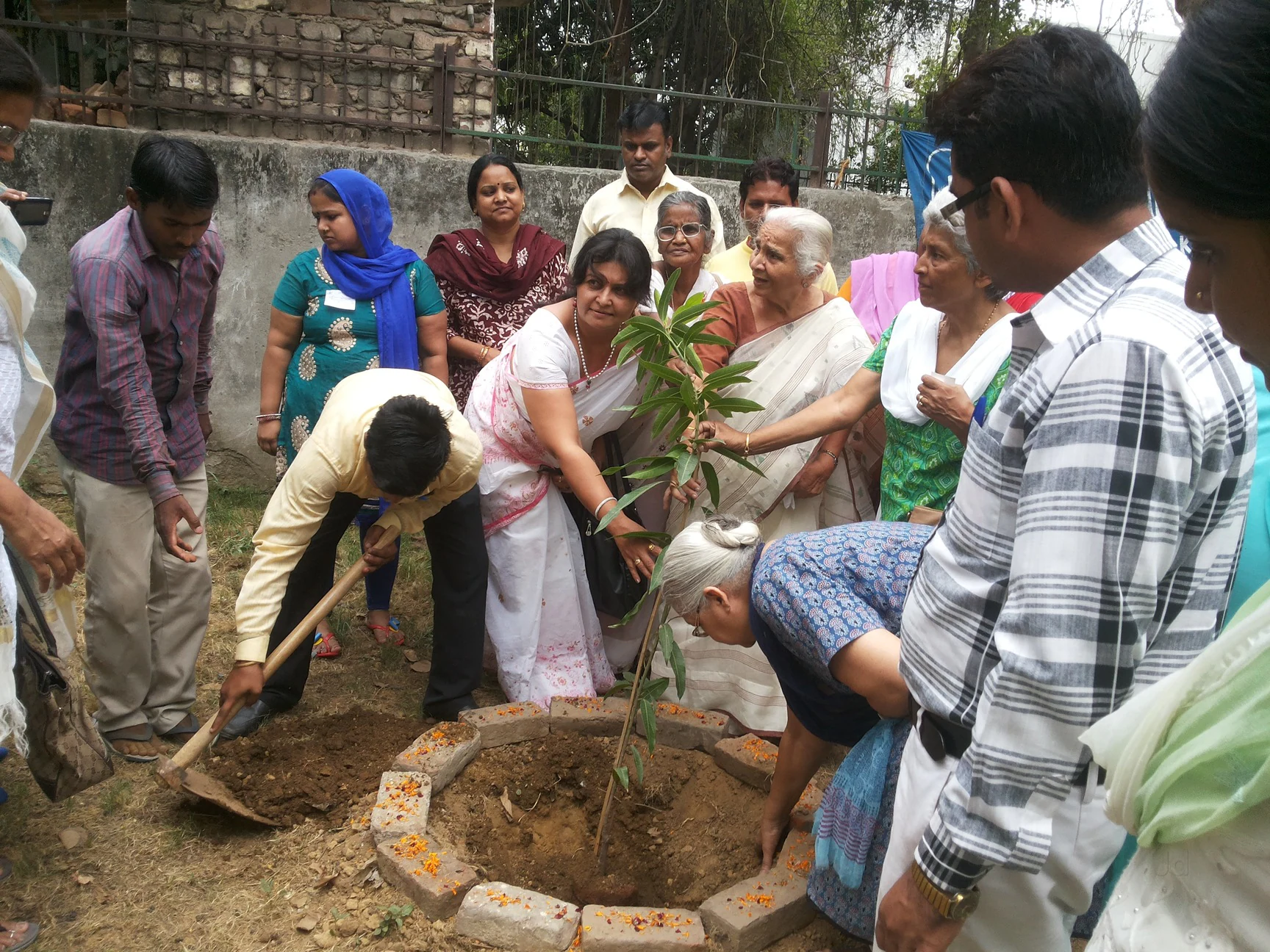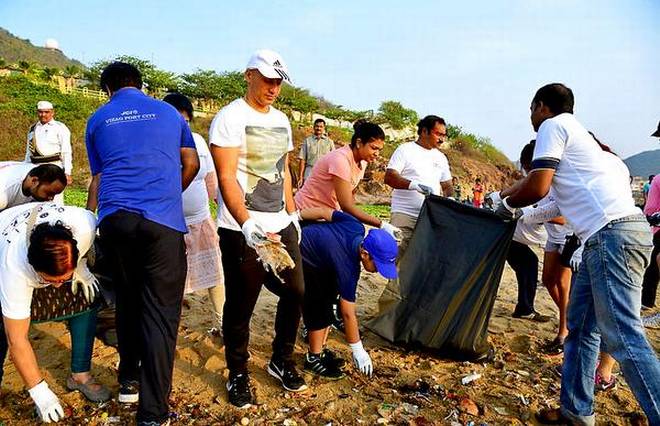Environment Development
 Environmental development for children helps them understand the importance of nature, sustainability, and their role in protecting the planet. Here are some engaging activities and focus areas for children’s environmental development:
Environmental development for children helps them understand the importance of nature, sustainability, and their role in protecting the planet. Here are some engaging activities and focus areas for children’s environmental development:
1. Nature Connection
Gardening: Encourage kids to plant flowers, vegetables, or herbs. This teaches responsibility, patience, and an understanding of plant life cycles.
Nature Walks: Explore local parks or forests to introduce children to various plants, animals, and ecosystems.
Bird Watching and Insect Identification: With a guidebook or app, children can learn about local wildlife and appreciate biodiversity.
2. Sustainability Awareness
Recycling and Upcycling:Teach kids about sorting waste and the recycling process. DIY crafts with recycled materials show how items can be repurposed.
Composting: Small compost projects at home or school help kids understand waste decomposition and soil health.
Water Conservation: Activities like timed showers or using a rain barrel can help children learn the importance of water conservation.
3. Energy Awareness
Learning Energy Sources: Teach children about renewable energy like solar, wind, and hydro, and how they differ from fossil fuels.
Energy-Saving Habits: Simple actions like turning off lights, unplugging devices, and closing doors to conserve heat help them adopt energy-saving habits.
DIY Solar Projects: Kits or small projects like building solar ovens introduce the basics of solar power.


4. Pollution Awareness and Reduction
Litter Clean-Up Days: Organize or participate in local cleanup events to instill a sense of responsibility toward their surroundings.
Learning About Plastic: Teach kids why plastic pollution is harmful to wildlife and ecosystems and encourage the use of reusable items.
Air Quality Awareness: Simple explanations about the importance of clean air and the effects of pollution help kids understand the importance of reducing pollution.
5. Animal Conservation
Wildlife Protection Projects: Supporting local shelters, creating bee houses, or setting up bird feeders teaches kids about animal habitats.
Visits to Wildlife Reserves or Conservation Centers: Hands-on experiences and meeting conservationists can inspire children to protect animals.
Learning About Endangered Species: Reading or watching documentaries about endangered animals helps them understand the impact of human activities on biodiversity.
6. Climate Change Awareness
Basics of Climate Change:Use age-appropriate resources, like illustrated books, to explain global warming, greenhouse gases, and their effects.
Carbon Footprint Education: Introduce the idea of a carbon footprint and simple steps to reduce it, like walking or biking instead of driving.
Eco-Friendly Crafts: Projects with sustainable or natural materials help kids see that creativity and environmental consciousness go hand in hand.
-
Time:
8:00 am to 12:30 pm
-
Date:
November, 2024
-
Category:
Health, Medical
-
Location:
Uttar Pradesh, India
